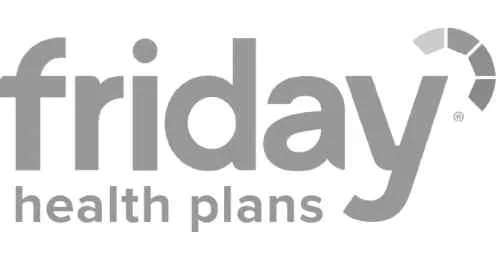There are 5 main components of ABA that you should know about:
1. Task Analysis
The first component of ABA is to create a task analysis. ABA therapists break down complicated activities into a series of smaller steps.
Next, they teach those steps until the child can complete the task without any assistance. The therapist uses positive reinforcement to increase the chances of the child continuing to use these new skills in the future.
Most people probably don’t think about the steps involved in completing even seemingly easy and simple tasks like brushing teeth and washing hands. However, even tasks this simple require a series of smaller steps to be completed.
As children, we easily learn these steps and soon master them. However, children with certain developmental disorders like Autism may struggle to learn and follow these steps using conventional teaching methods.
2. Chaining
Chaining is a method used in ABA to teach your child the steps in a task analysis. There are several forms of chaining that exist, and your Board Certified Behavior Analyst (BCBA) will determine which method is best for your child after analyzing his or her individual differences.
The therapist’s goal is always to teach the child to complete the entire chain as independently as possible.
3. Prompting
ABA therapists may use various types of prompts to help your child learn new skills. The type of prompt, or cue, used will be decided based on how your child learns best. Sometimes, prompts can be used to avoid missteps.
This method can help prevent your child to perform negative behaviors related to “failures” and increase your child’s self-esteem by demonstrating that tasks can be successfully completed.
4. Prompt Fading
Prompts can help your child learn and master new skills, but they must be removed gradually as your child moves toward being independent. This is typically done slowly and continues until your child can perform new skills on their own.
5. Shaping
The fifth and final component of ABA therapy is shaping, which is similar to chaining, but not quite the same! Shaping reinforces attempts to complete a skill until the child can perform the action or skill independently. Here’s an example that will better explain this component:
Imagine a boy is learning how to say, “Apple!” He might start by making only the, “Ah,” sound. At first, saying “Ah” will be reinforced with praise or another similar reward. But once he consistently makes that sound, his therapist will prompt him to say “App” to receive the reward. This process continues until he is able to say the entire word, “Apple!”














%20(1).avif)

.avif)















